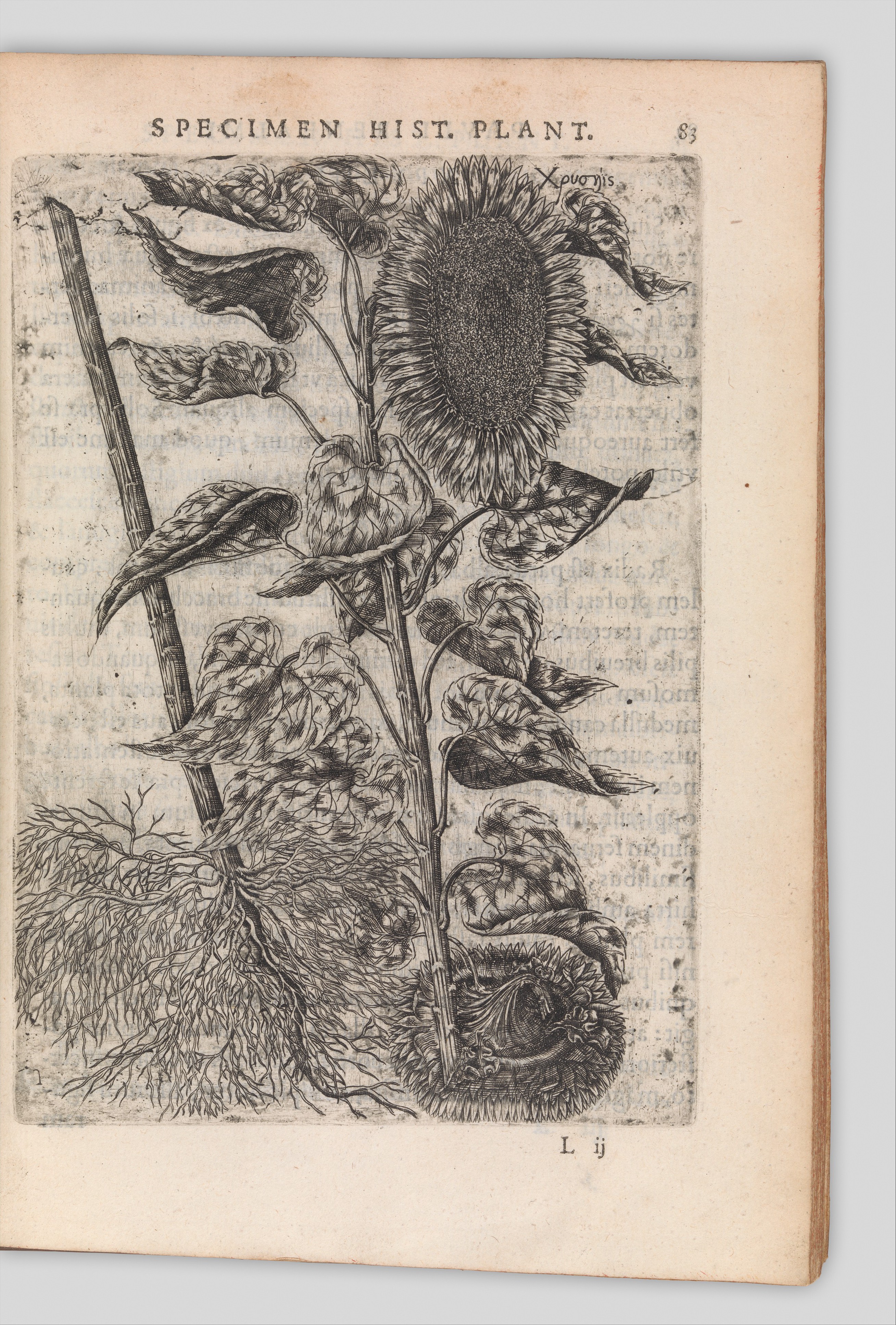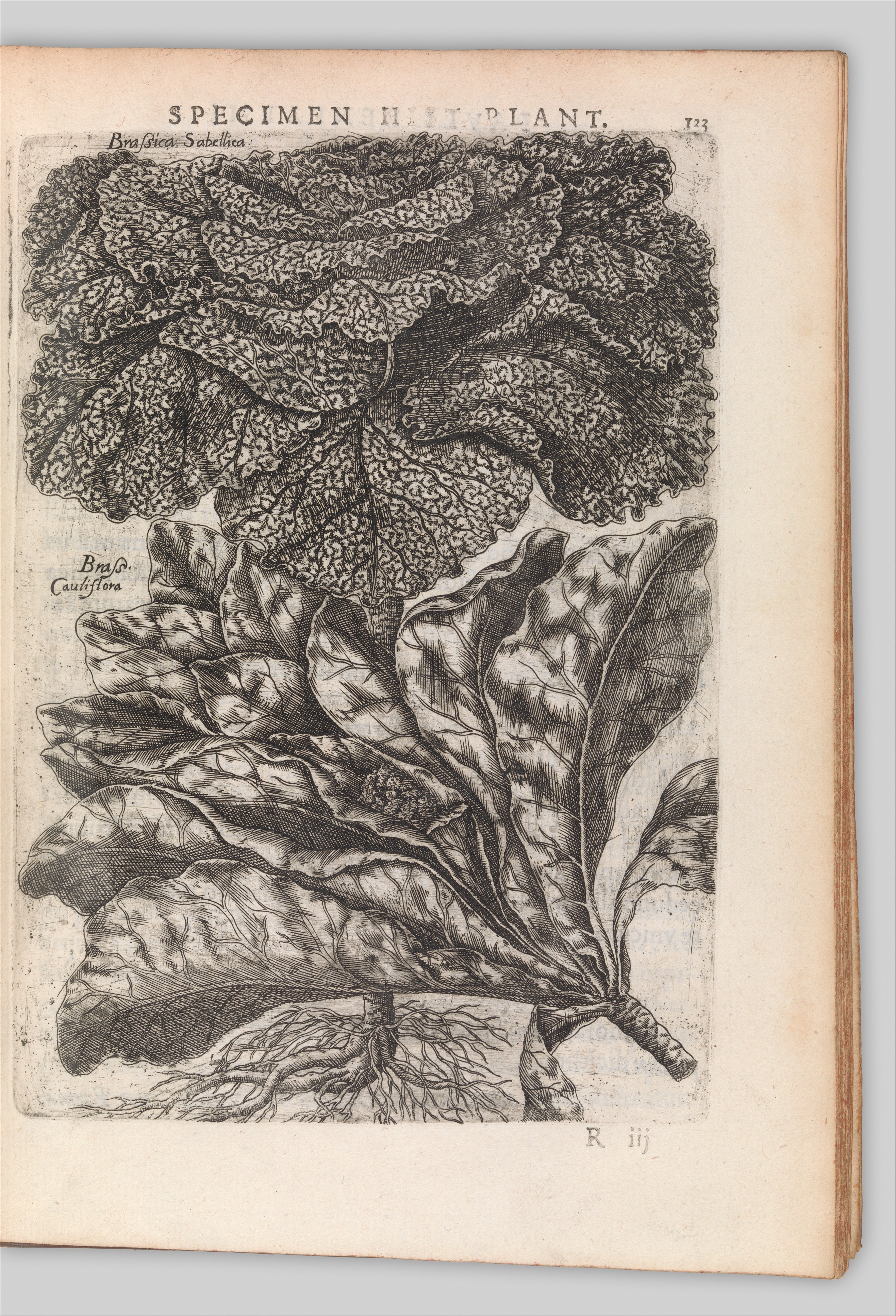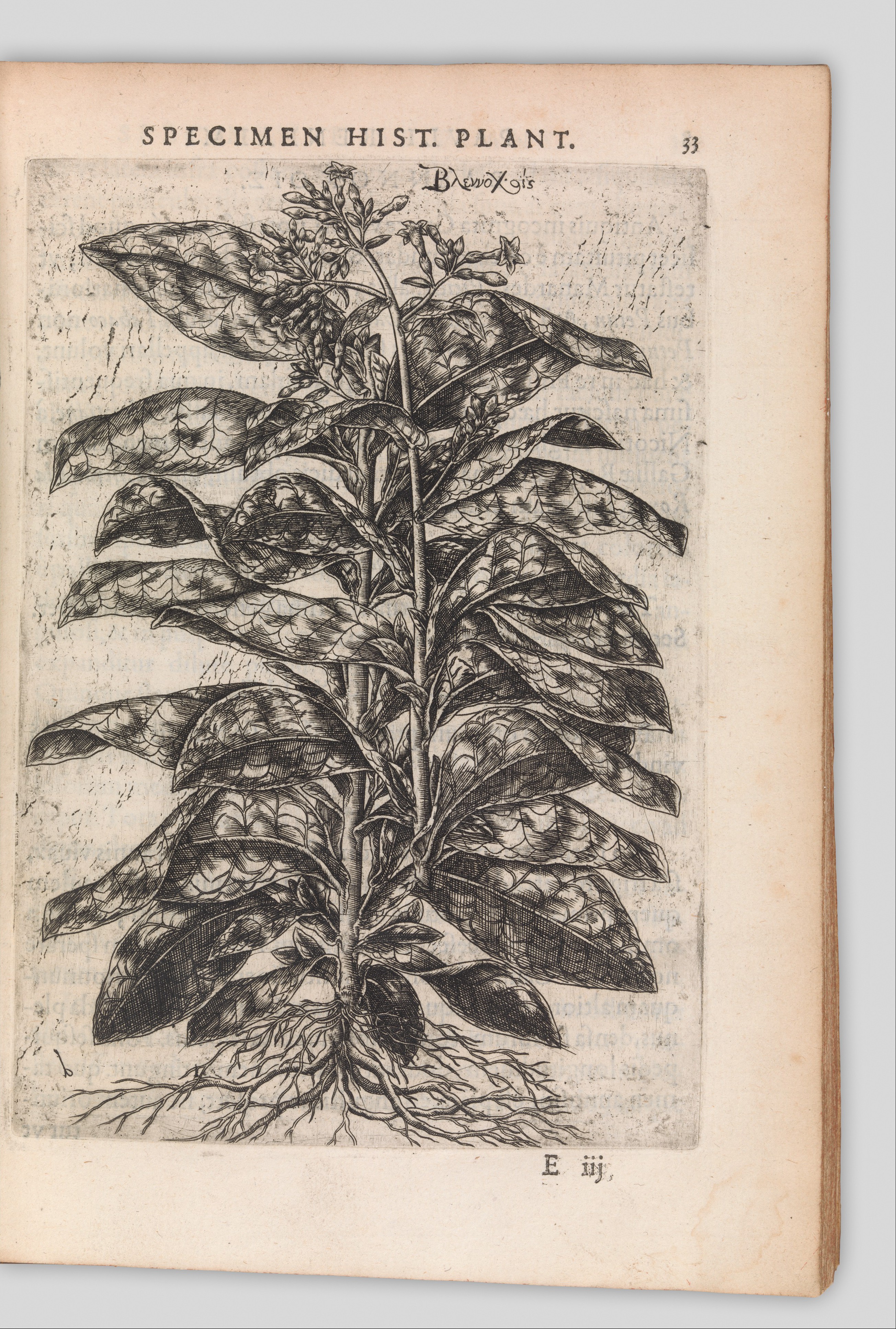Specimen historiae plantarum
Author Paul de Reneaulme French
Author Jacques-August de Thou French
Not on view
Herbals help to identify specific types and species of plants and explain their medicinal virtues. During the late fifteenth and the sixteenth centuries, the illustration of printed herbals depended largely on models found in earlier books. This practice was not just a matter of convenience but was founded on the Aristotelian principle that it was better to portray the conventions of a type than the peculiarities of a particular specimen. With its realistic illustrations, this herbal, written by physician Paul de Reneaulme (1560–1624), rang in a new era. The etchings—all studies from nature—are universally praised for their vibrancy and great efficacy in bringing the plants to life. Created by an unidentified etcher, the illustrations transcend the otherwise highly intellectual tome, written in Latin with Greek citations after works from antiquity.
Due to rights restrictions, this image cannot be enlarged, viewed at full screen, or downloaded.
This artwork is meant to be viewed from right to left. Scroll left to view more.







